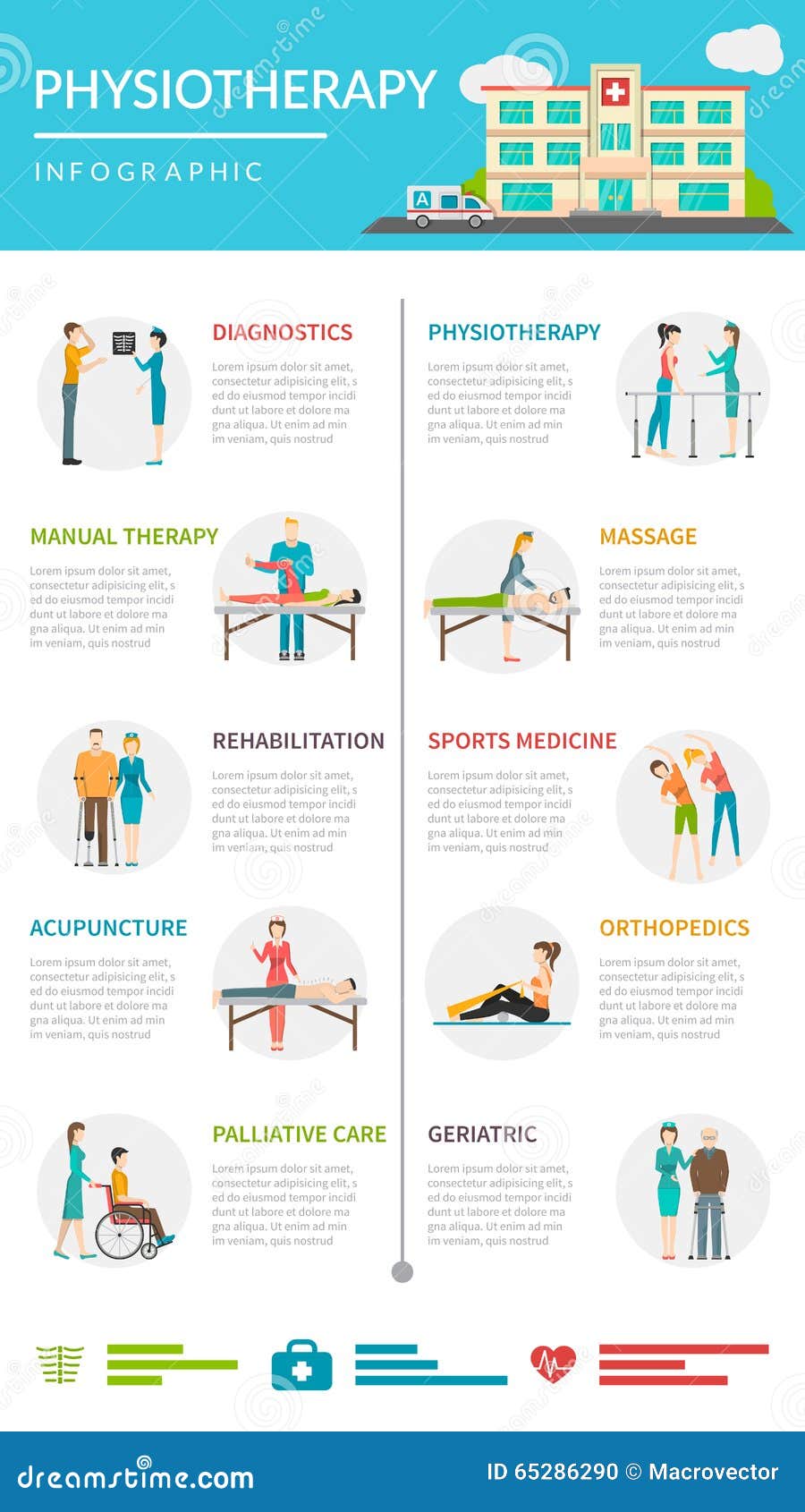Regular Activities That Contribute To Back Pain And Ways To Stop Them
Regular Activities That Contribute To Back Pain And Ways To Stop Them
Blog Article
Post Writer-Dyhr Glud
Maintaining proper posture and staying clear of usual challenges in daily activities can significantly affect your back health and wellness. From just how you rest at your desk to just how you lift heavy objects, tiny modifications can make a large difference. Picture a day without the nagging neck and back pain that prevents your every action; the option might be simpler than you think. By making a few tweaks to your everyday behaviors, you could be on your means to a pain-free presence.
Poor Stance and Sedentary Lifestyle
Poor pose and a sedentary way of life are 2 significant contributors to neck and back pain. When please click the up coming document slouch or hunch over while sitting or standing, you placed unnecessary stress on your back muscle mass and spinal column. This can lead to muscular tissue inequalities, tension, and ultimately, persistent pain in the back. In addition, sitting for extended periods without breaks or physical activity can damage your back muscular tissues and result in tightness and pain.
To deal with bad pose, make an aware initiative to rest and stand straight with your shoulders back and lined up with your ears. Keep in mind to maintain your feet level on the ground and avoid crossing your legs for extended durations.
Incorporating regular extending and reinforcing workouts into your day-to-day regimen can likewise help improve your pose and minimize pain in the back connected with an inactive way of life.
Incorrect Training Techniques
Inappropriate training techniques can considerably contribute to back pain and injuries. When you lift heavy objects, remember to bend your knees and use your legs to lift, rather than relying upon your back muscles. Avoid twisting your body while lifting and keep the things near to your body to lower pressure on your back. It's crucial to keep a straight back and stay clear of rounding your shoulders while raising to avoid unneeded pressure on your back.
Always analyze the weight of the item before raising it. If visit the up coming article 's as well hefty, request for aid or usage equipment like a dolly or cart to transport it safely.
Keep in lower back strain treatment to take breaks throughout lifting jobs to provide your back muscular tissues an opportunity to relax and protect against overexertion. By applying correct training strategies, you can avoid neck and back pain and minimize the danger of injuries, ensuring your back stays healthy and solid for the long-term.
Lack of Regular Exercise and Stretching
A sedentary lifestyle without routine exercise and stretching can considerably contribute to neck and back pain and discomfort. When better care chiropractic do not participate in exercise, your muscle mass come to be weak and stringent, causing bad position and raised stress on your back. Routine exercise aids enhance the muscular tissues that support your spine, improving security and reducing the risk of pain in the back. Incorporating stretching into your routine can also enhance adaptability, preventing tightness and pain in your back muscles.
To prevent pain in the back triggered by a lack of exercise and stretching, aim for a minimum of thirty minutes of moderate physical activity most days of the week. Include workouts that target your core muscle mass, as a strong core can help reduce stress on your back.
Furthermore, take breaks to stretch and move throughout the day, particularly if you have a desk job. Straightforward stretches like touching your toes or doing shoulder rolls can aid alleviate stress and prevent pain in the back. Prioritizing normal workout and stretching can go a long way in maintaining a healthy back and lowering discomfort.
Verdict
So, remember to sit up directly, lift with your legs, and stay active to stop neck and back pain. By making straightforward adjustments to your day-to-day habits, you can prevent the discomfort and constraints that include pain in the back. Care for your spine and muscles by practicing excellent pose, proper lifting techniques, and normal exercise. Your back will thanks for it!
